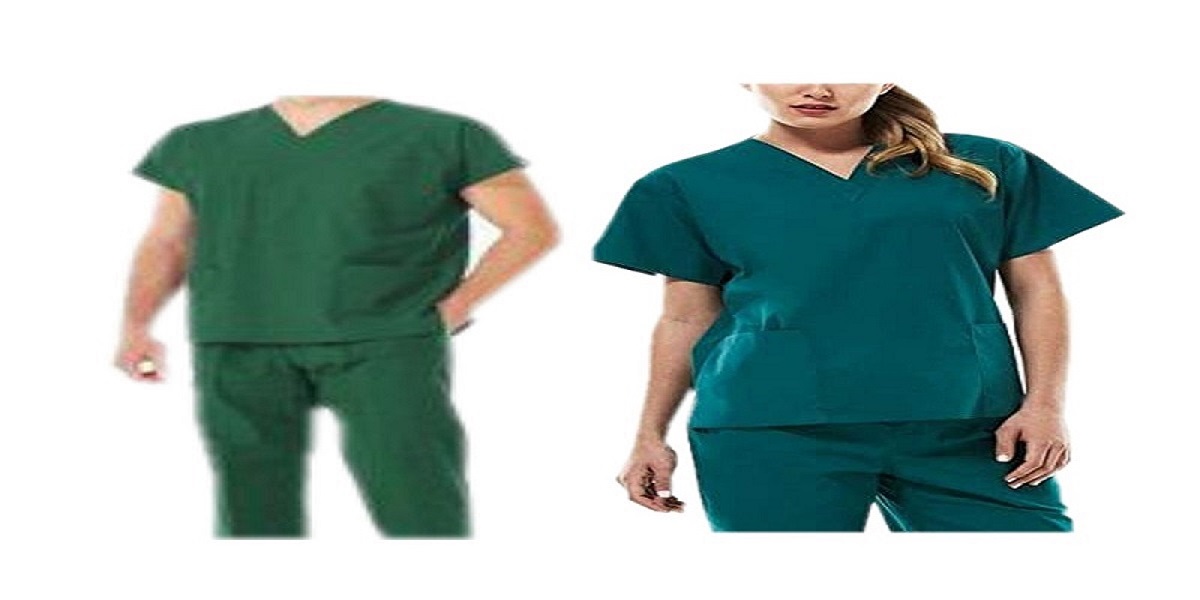
Importance of OT Dress as a Protective Barrier during Surgery
One of the most important items of clothing for any surgical team member is their OT dress. This type of clothing helps to create an effective barrier between the surgical team and the patient, which is essential in protecting both parties from infection. In addition, it helps to keep the operating room clean and sterile, which is essential for ensuring infant health. While it is important for all surgical team members to wear this dress, it is especially important for those who work directly with infants.
Operating room personnel are at a high risk of acquiring bloodborne pathogens while performing surgery. To prevent the spread of infection, it is important to wear protective clothing such as scrubs and masks. However, one of the most important pieces of protective clothing is the surgical hat. Thus, recent research has also shown that the use of an OT dress can reduce the incidence of nasopharyngeal colonization very sharply.
WHAT IS AN OT DRESS AND WHY IS IT IMPORTANT DURING SURGERY?
Surgery is a very sterile procedure that is performed in the operation theatre complex of hospitals and also in minor OT rooms in health care centers. There are many indications for surgeries in today’s world aimed at improving the quality of life in the general population. Surgeries can be classified into major and minor types. These are performed by skilled surgeons with assistance from other healthcare workers which includes nursing staff, anesthetists, laboratory technicians, etc. Only the people concerned with the surgery are allowed to enter the OT theaters to minimize the risk of a breach in the sterile conditions of that area.
The dress that Operating Room (OT) staff wear serves an important purpose in protecting both patients and medical professionals during surgery. They are made of a material that is impermeable to liquids, which helps to prevent the spread of infection. In addition, they protect the clothing of OT staff from being contaminated by blood or other body fluids. When worn correctly, they provide an effective barrier between the surgical site and the rest of the patient's body.
BENEFITS OF USING A CLINICAL DRESS DURING A SURGICAL SETTING
The dresses worn in an OT complex are non-sterile. It can be a surgical scrub or a surgical gown deluxe depending on the comfort of the person and on the role of that person. These surgical dresses worn are only meant for this location and are not to be used anywhere else. This is the first step in preventing contamination of the surgical area by possible microbial organisms located in the environment. In addition to the surgical scrubs and surgical gowns, the surgical caps are also a part of the OT attire, their use minimizes the risk of getting contaminated with organisms living on hair and scalp and also prevents hair strands from getting dislodged into the surgical site of an operating human body. Also, all are required to change into a pair of slippers particularly meant for OT use.
The surgeon who is going to operate on the patient has to wear a sterile OT dress on top of the others mentioned above. This sterile dress is worn with utmost caution so that while and after wearing the person is not supposed to touch any part of the sterile part of the gown with the surroundings and even his or her bare hands. This is to maintain a proper sterile environment around the patient.
CONCLUSION
The results of this study support the use of clinical dress as a protective barrier during surgery. Although further research is needed to confirm these findings, the current data provide convincing evidence that this dress can play an important role in reducing SSIs. Healthcare professionals should consider using this dress as standard practice when caring for patients undergoing surgery.
Leave a Comment
© Copyright © 2024 gwsmed.com | GWS Surgicals LLP. All rights reserved.
| |




Comment (0)
No Comments Yet. Be the first one.